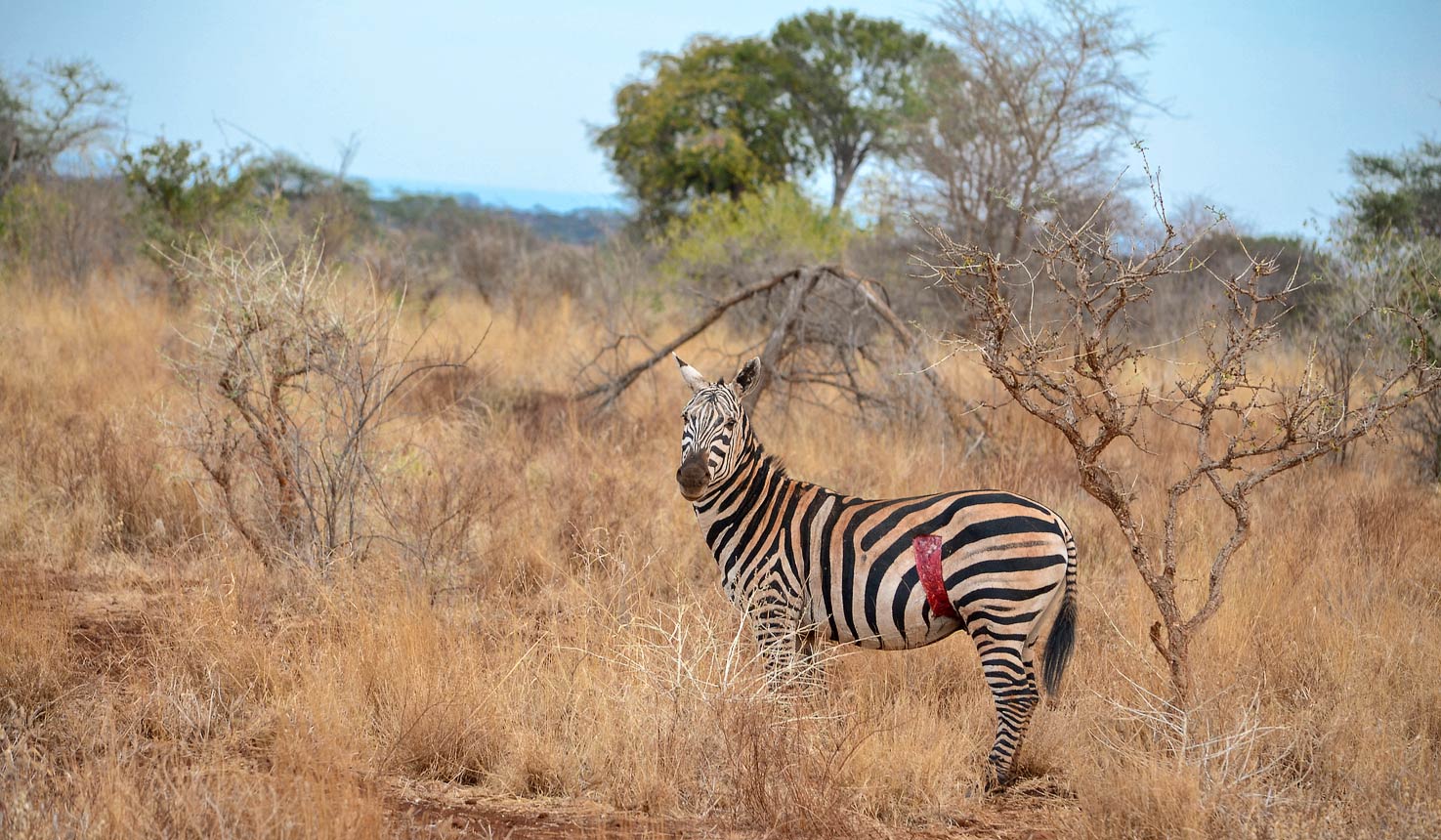Planning your dream East African safari but worried about the safari cost? You’re not alone. Every day, hundreds of travelers search for honest answers about safari pricing in Kenya and Tanzania. The truth is, a safari can cost anywhere from $150 to $1,500+ per person per day, but understanding what drives these prices will help you plan the perfect trip within your budget.
In this comprehensive guide, we’ll break down the safari cost and exactly what you can expect to pay for a Kenya Tanzania safari in 2026, reveal where your money actually goes, and share insider tips to maximize value without sacrificing the experience of a lifetime.
Budget Safari: $150-$350 Per Person Per Day
What You Get: Budget safaris are perfect for adventurous travelers who prioritize wildlife over luxury. You’ll stay in basic camping sites or budget lodges, travel in shared vehicles with other tourists, and enjoy simple but hearty meals.
Typical Inclusions:
- Camping accommodation (tents provided)
- Shared safari vehicle (usually 6-7 passengers)
- Park fees and entrance costs
- Three meals daily (often buffet-style)
- Drinking water during game drives
Popular Budget Destinations:
- Lake Nakuru National Park (Kenya)
- Amboseli National Park (Kenya)
- Lake Manyara National Park (Tanzania)
- Tarangire National Park (Tanzania)
Sample 7-Day Budget Safari: $1,400-$2,100 per person
A week-long budget safari covering Kenya’s Maasai Mara and Tanzania’s Serengeti typically costs between $1,400 and $2,100, including all park fees, camping, meals, and transportation from Nairobi.
Money-Saving Tips for Budget Travellers:
- Travel during shoulder season (April-May, November)
- Join group tours instead of private safaris
- Book directly with local operators
- Consider shorter trips to just one country
Mid-Range Safari: $350-$750 Per Person Per Day
What You Get: Mid-range safaris strike the perfect balance between comfort and value. You’ll stay in comfortable lodges or permanent tented camps with private bathrooms, enjoy better food quality, and often have smaller group sizes.
Typical Inclusions:
- Comfortable lodge or tented camp accommodation
- Semi-private safari vehicle (4-6 passengers)
- All meals, including some à la carte options
- Park fees and conservation charges
- Some extras like sundowner drinks
- Laundry services at camps
Popular Mid-Range Destinations:
- Masai Mara National Reserve (Kenya)
- Serengeti National Park (Tanzania)
- Ngorongoro Crater (Tanzania)
- Samburu National Reserve (Kenya)
Sample 11-Day Mid-Range Safari: $4,500-$6,500 per person
A comprehensive 11-day safari covering Kenya’s Maasai Mara, Tanzania’s Serengeti, and the Ngorongoro Crater typically runs $4,500-$6,500, offering comfortable accommodation and excellent wildlife viewing opportunities.
Why Mid-Range Often Offers Best Value:
- Better positioned camps for wildlife viewing
- More experienced guides with smaller groups
- Comfortable amenities after long game drives
- Still affordable for most travelers
Luxury Safari: $750-$1,500+ Per Person Per Day
What You Get: Luxury safaris deliver once-in-a-lifetime experiences with impeccable service, exclusive locations, and stunning accommodations. Think private plunge pools, gourmet meals, personal butler service, and vehicles with just 2-4 guests.
Typical Inclusions:
- High-end lodge or exclusive tented camp
- Private safari vehicle with dedicated guide
- Gourmet meals with premium wines and spirits
- Bush dinners and champagne breakfasts
- Spa treatments and premium amenities
- Photographic equipment and expert guidance
- Bush walks and night drives where permitted
Exclusive Luxury Destinations:
- Private conservancies in Maasai Mara (Kenya)
- Laikipia Plateau (Kenya)
- Northern Serengeti (Tanzania)
- Ngorongoro Highlands (Tanzania)
Sample 15-Day Luxury Safari: $12,000-$18,000+ per person
An ultra-luxury two-week safari staying in premier camps across Kenya and Tanzania can range from $12,000-$18,000+ per person, delivering extraordinary experiences and personalized service throughout.
What Makes Luxury Worth It:
- Exclusive concessions with fewer tourists
- Expert guides (many are published photographers or naturalists)
- Flexibility in daily schedules
- Extraordinary service and attention to detail
- Often supporting critical conservation initiatives
Kenya vs. Tanzania: Price Differences
Many travelers wonder whether Kenya or Tanzania is more expensive. Here’s the safari cost breakdown:
Kenya Generally Costs Less For:
- Budget camping safaris
- Group tour packages
- Domestic flights (more competition)
- Accommodation outside peak season
Tanzania Generally Costs More For:
- Park entrance fees (Serengeti fees are higher)
- Northern circuit lodges (limited supply, high demand)
- Ngorongoro Crater visits (premium conservation fees)
The Sweet Spot: Combining both countries often provides the best value, as you can experience diverse ecosystems and leverage competitive pricing in Kenya while accessing Tanzania’s world-famous Serengeti and Ngorongoro Crater.
Additional Costs to Budget For
Beyond your daily safari cost, factor in these expenses:
Visa Fees:
- Kenya e-Visa: $50
- Tanzania e-Visa: $50
- East Africa Tourist Visa: $100 (covers both countries plus Uganda)
International Flights:
- Nairobi or Dar es Salaam from US/Europe: $600-$1,500
- Book 3-6 months in advance for best rates
Gratuities:
- Safari guide: $20-30 per day (per vehicle)
- Lodge staff: $10-20 per day (per guest)
- Driver: $5-10 per day
Optional Activities:
- Hot air balloon safari: $450-550 per person
- Cultural village visits: $20-50 per person
- Walking safaris: Usually included or $50-100
Travel Insurance:
- Comprehensive coverage: $100-300 (highly recommended)
Gear and Equipment:
- Quality binoculars: $100-500
- Camera equipment: Variable
- Safari clothing: $200-500
Total Additional Budget: Plan for an extra $1,500-$3,000 per person beyond your safari package cost.
Month-by-Month Pricing Guide for 2026
Safari cost fluctuate significantly based on season:
Peak Season (July-October, December-January):
- Highest prices (30-50% premium)
- Best wildlife viewing (Great Migration)
- Advance booking essential (6-12 months)
- Budget: Full rates apply
- Mid-range: $400-800/day
- Luxury: $900-1,500+/day
Shoulder Season (June, November):
- Moderate prices (10-20% lower than peak)
- Excellent wildlife viewing
- Good availability
- Budget: $130-300/day
- Mid-range: $300-650/day
- Luxury: $700-1,300/day
Green/Low Season (March-May):
- Lowest prices (30-50% discounts)
- Rainy season (afternoon showers)
- Fewer tourists, excellent for photography
- Some camps close
- Budget: $100-250/day
- Mid-range: $250-500/day
- Luxury: $500-1,000/day
Best Value Months for 2026: June and November offer the sweet spot of good weather, wildlife viewing, and reasonable prices.
How to Save Money Without Sacrificing Experience
- Book During Shoulder Season Travel in June or November for 20-30% savings with nearly identical wildlife experiences.
- Join a Group Safari Group departures cost 30-50% less than private safaris while still delivering excellent experiences.
- Focus on One Country. Eliminating cross-border logistics saves time and money. A Kenya-only or Tanzania-only safari can significantly reduce the safari cost.
- Skip the Balloons Hot air balloon safaris cost $450-550. While magical, they’re not essential for a great experience.
- Book Longer Trips. Per-day costs decrease on 10+ day safaris as operators offer volume discounts.
- Consider Fly-Camping. Some operators offer mobile camping that follows animal migrations at mid-range prices.
- Book Direct with Local Operators. Cutting out international agents can save 15-25% while supporting local businesses.
- Mix Budget and Mid-Range Spend less on travel days, splurge on prime wildlife locations.
Is a Kenya-Tanzania Safari Worth the Cost?
Here’s the honest answer: Yes, but only if you plan properly and set realistic expectations for your budget.
A safari isn’t like a typical beach vacation where you can wing it and find deals on arrival. The best experiences require advance planning, and cutting costs too aggressively means missing the essence of what makes East African safaris unforgettable.
You’ll Regret Choosing the Absolute Cheapest Option If:
- You’re crammed with 7 people in a safari vehicle
- Your guide is inexperienced and can’t find animals
- You’re staying in locations far from prime wildlife areas
- The vehicle constantly breaks down
You’ll Get Incredible Value from Mid-Range Options If:
- You prioritize wildlife over luxury amenities
- You’re flexible with travel dates
- You book with reputable local operators
- You’re willing to join small group departures
Luxury Is Worth It If:
- This is a once-in-a-lifetime trip
- Photography is a priority (smaller groups, better positions)
- Comfort significantly impacts your enjoyment
- You want exclusive experiences away from crowds
Final Thoughts: Planning Your 2026 Safari Budget
The “right” safari cost depends entirely on your priorities, travel style, and budget. Here’s a simple framework:
Total Budget Under $5,000 per person: Focus on a 7-10 day budget safari in either Kenya or Tanzania, travel during shoulder season, and join group departures.
Total Budget $5,000-$10,000 per person: Choose a 10-12 day mid-range safari combining both countries, book 3-6 months ahead, and consider mixture of camp styles.
Total Budget Over $10,000 per person: Explore 12+ day luxury or ultra-luxury safaris, book premier camps in private conservancies, and add special experiences like hot air balloons and night drives.
Remember, the animals don’t know how much you paid for your safari. Whether you’re camping under the stars or sipping champagne by a pool, that first moment you see a lioness with cubs or witness the Great Migration will take your breath away regardless of your budget.
The key is choosing a reputable operator, setting realistic expectations, and understanding exactly what you’re paying for. A well-planned Kenya Tanzania safari, at any price point, delivers memories and experiences that last a lifetime.
Ready to start planning? Research operators carefully, read recent reviews, ask detailed questions about inclusions, and don’t be afraid to negotiate, especially for longer trips or off-season travel. Your African adventure awaits, and now you know exactly what it should cost.

